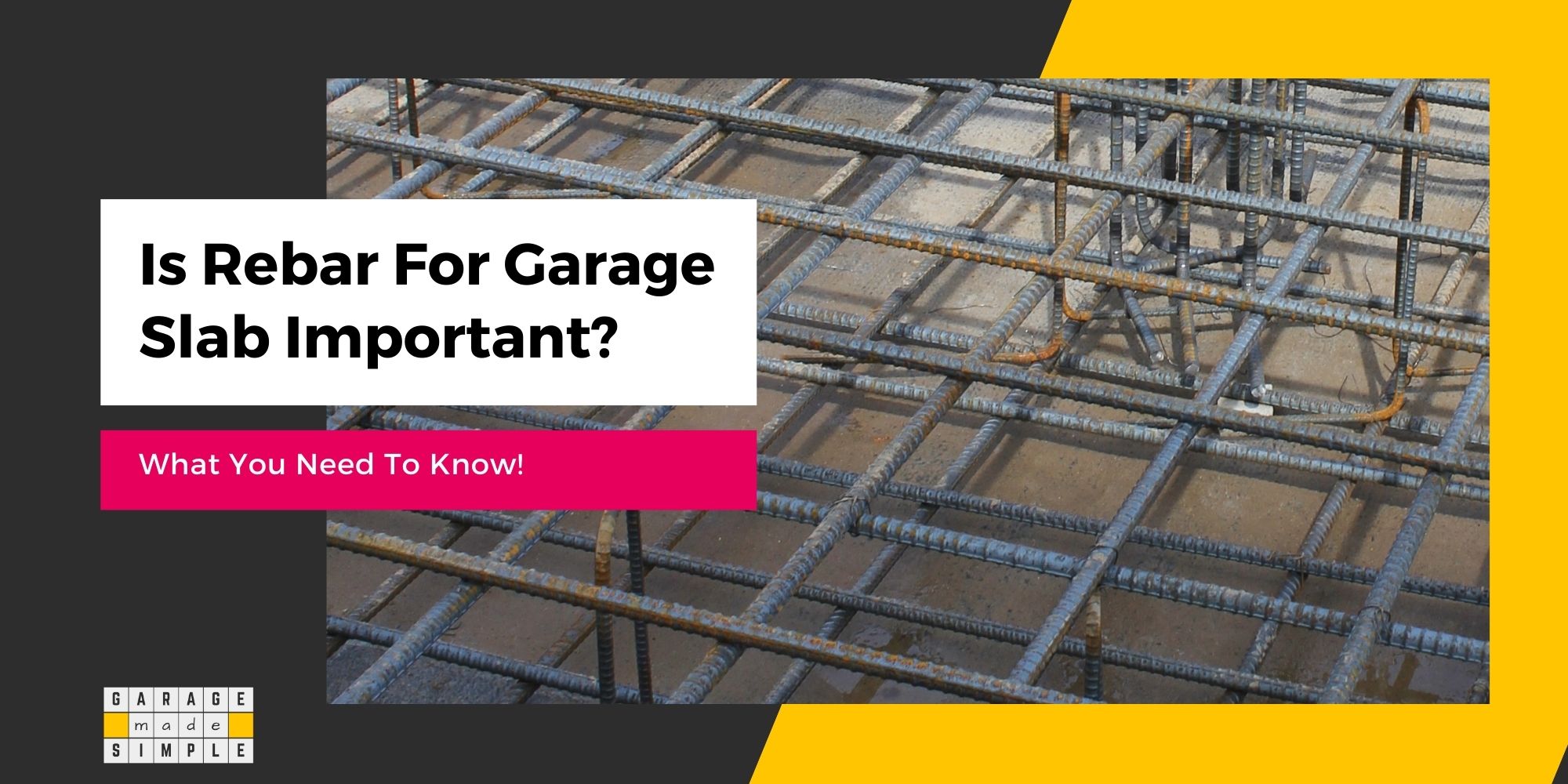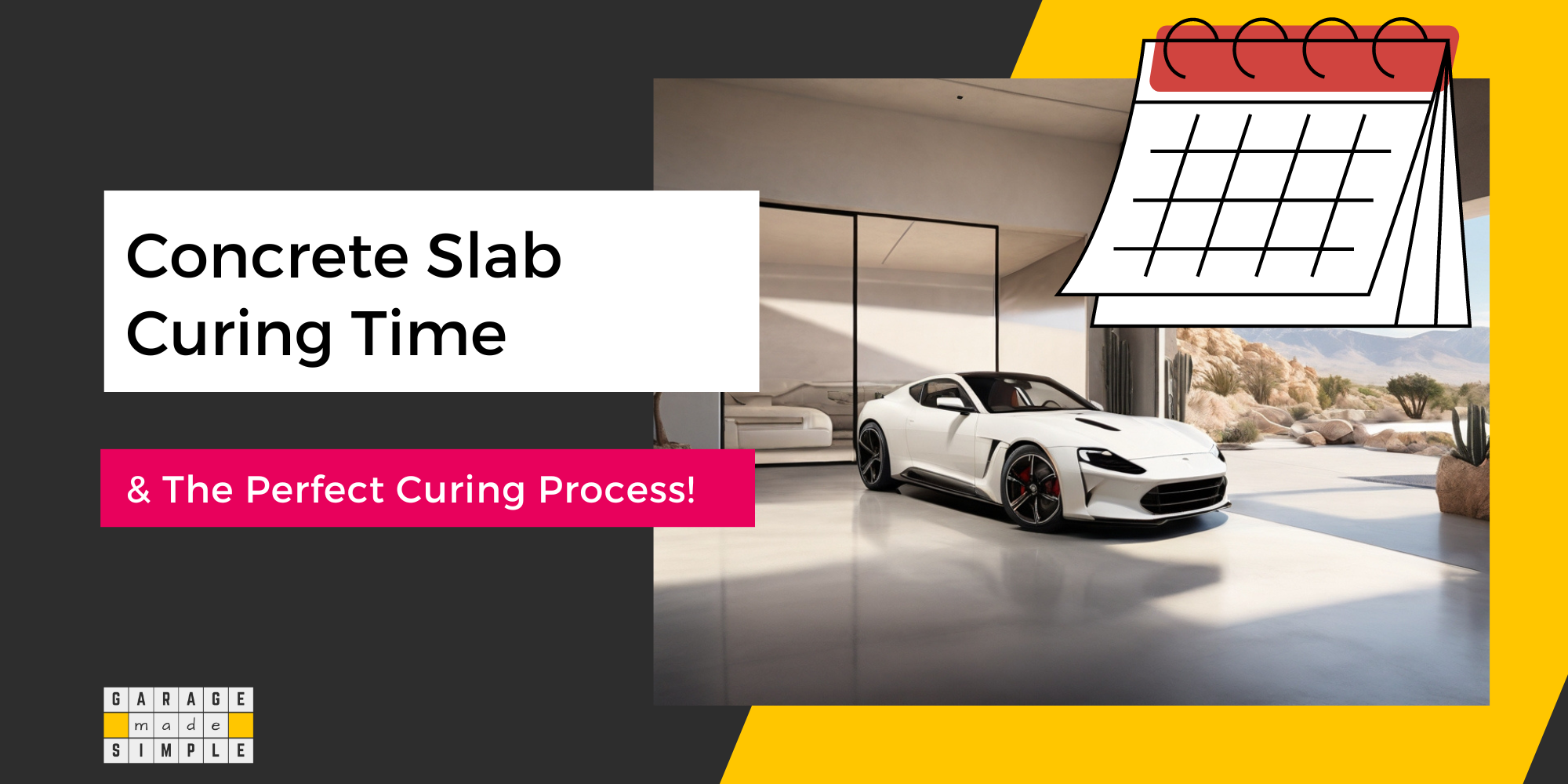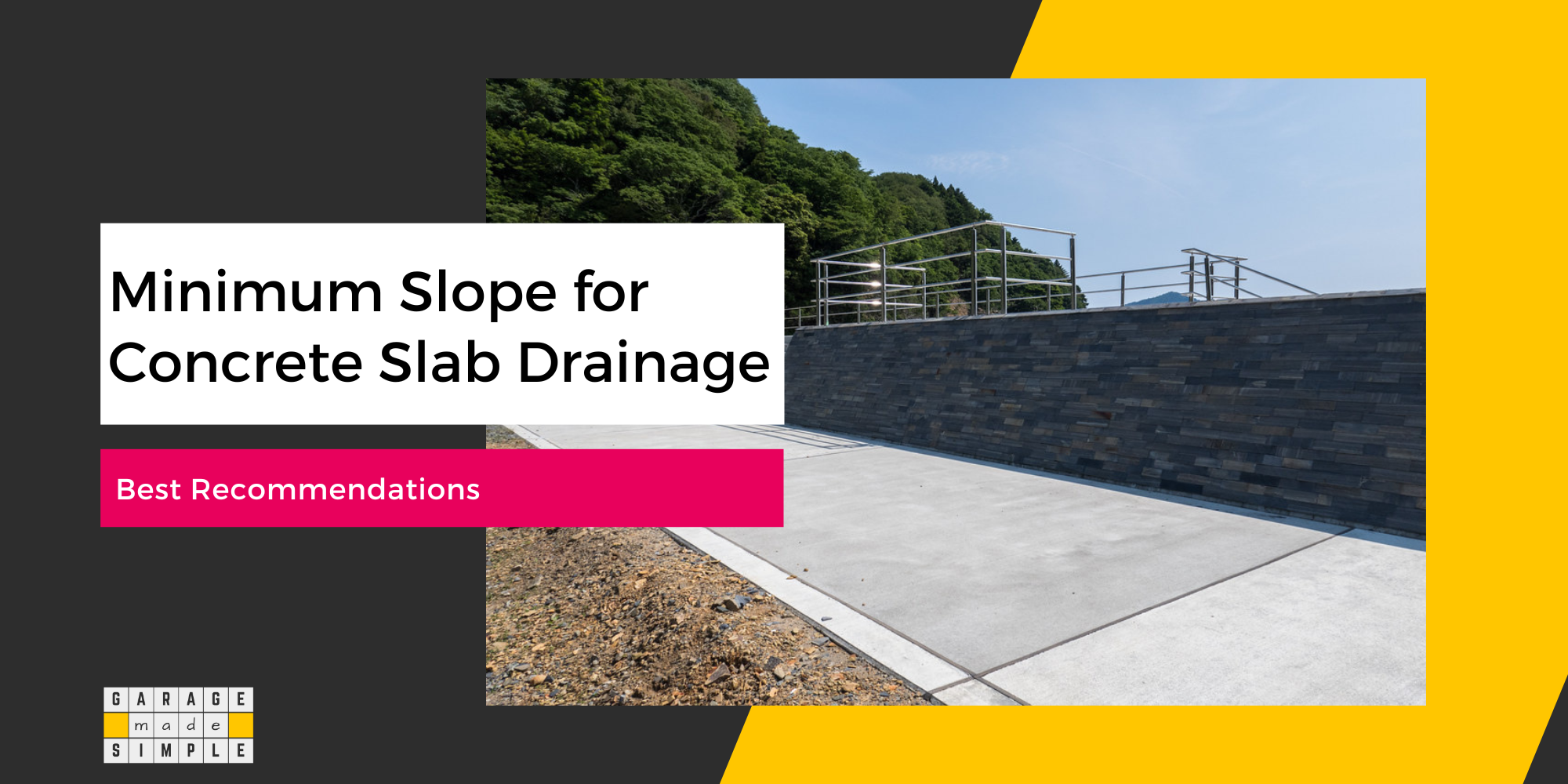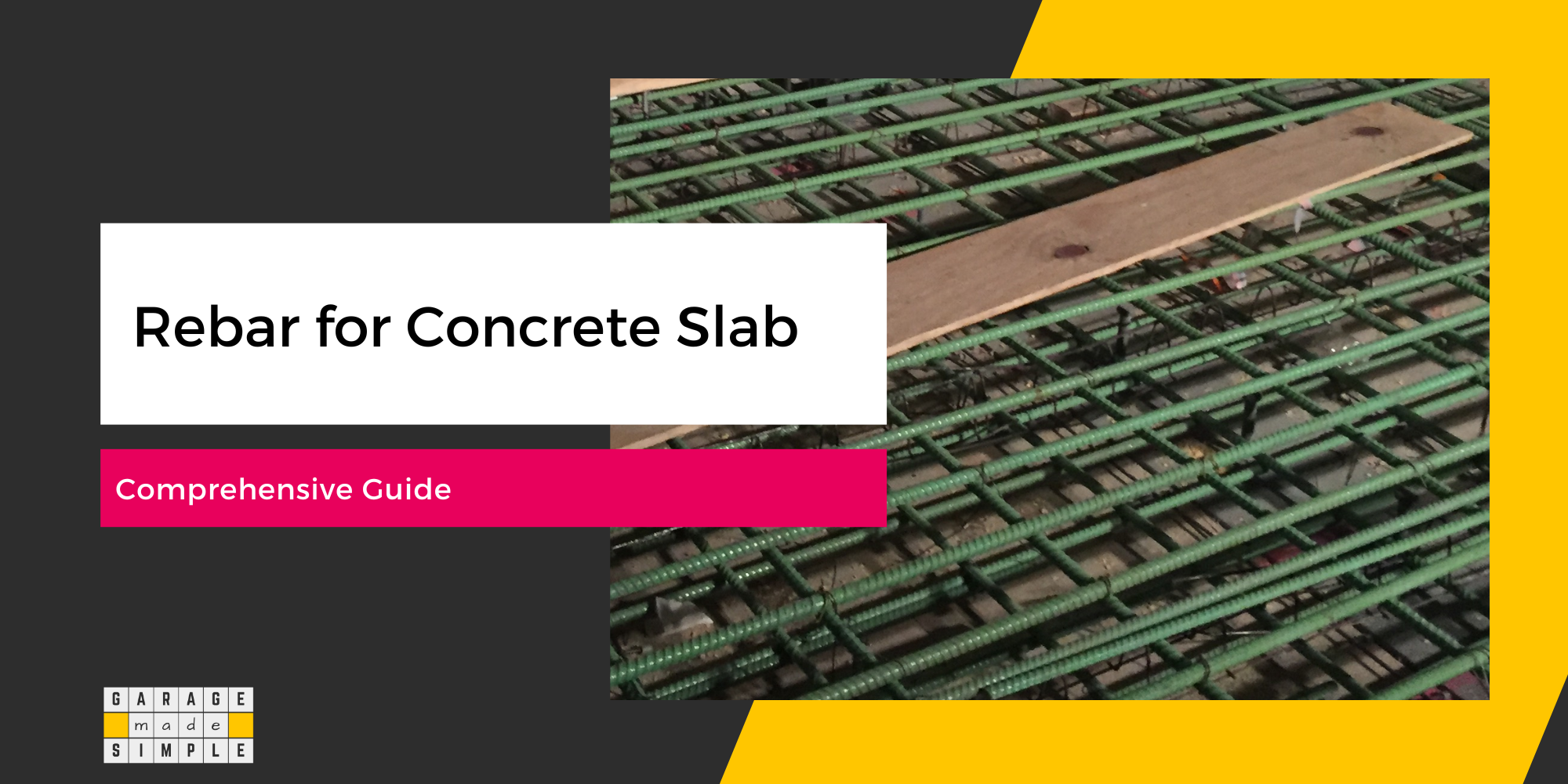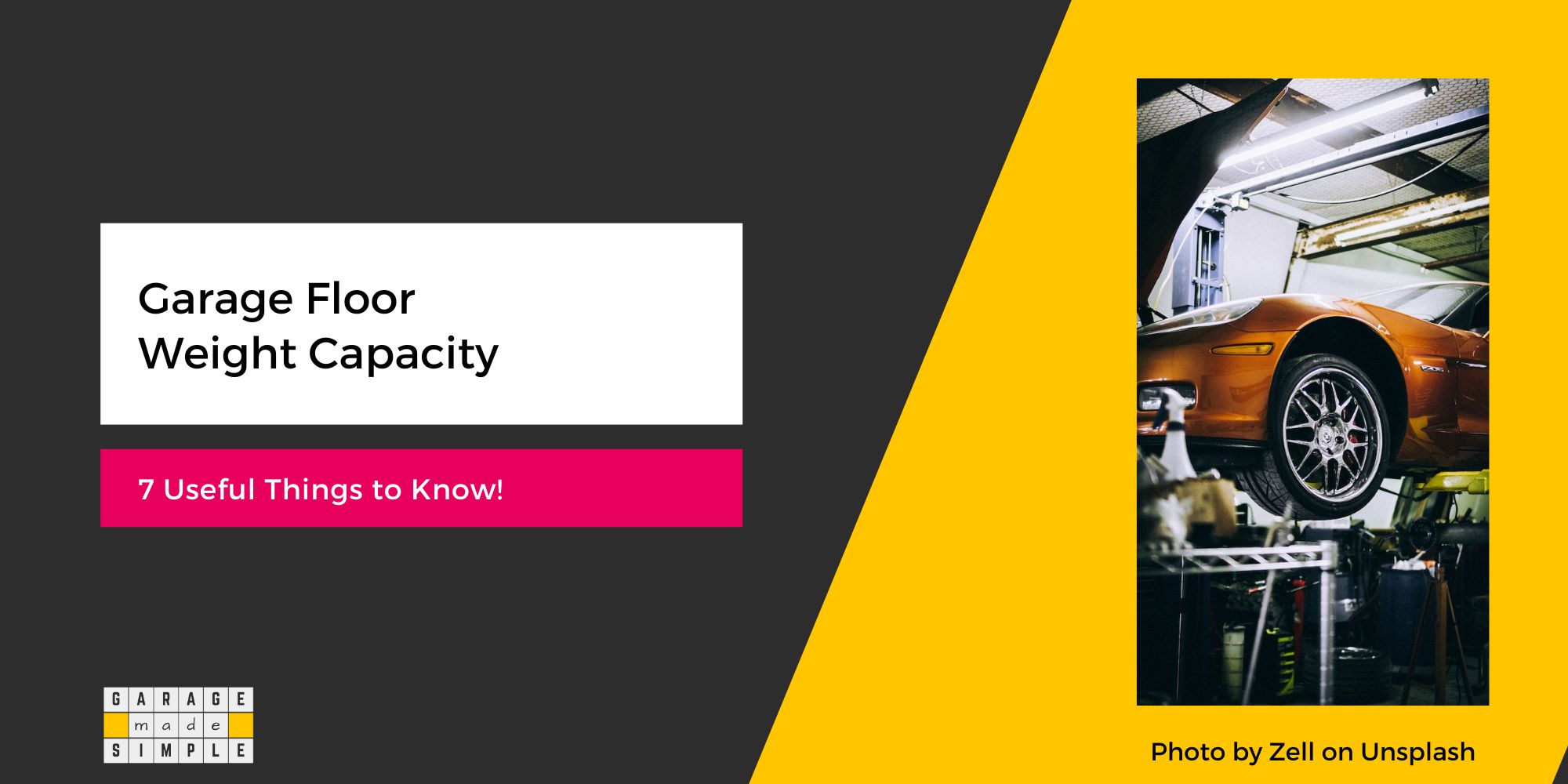What is the Best Base for a Concrete Slab for a Garage Floor? (Explained!)
As an Amazon Associate, I earn from qualifying purchases.
What Is the Best Base for a Concrete Slab for a Garage Floor?
The best base for a concrete slab for a garage floor should be a complete “soil support system” that consists of the subgrade, the sub-base, and the base. This will ensure stability & durability.

The subgrade is compacted topsoil. Sub-base is layers of crushed stone or angular gravel, graded such that the largest pieces are at the bottom. Each layer must be compacted. The base is a layer of pea gravel topped with a layer of coarse sand. Once again each layer must be compacted or tamped.
Two products often missed while preparing the best base for a concrete slab for a garage floor are geotextile fabric and vapor barrier (aka vapor retarder). However, both should be incorporated as they play a very important role.
What Is the Best Base Material for a Concrete Slab?
The best material for a sub-base or a base should:
- Be Inert & Free of Foreign Matter
- Have High Strength & Durability
- Should lack Cleavage Planes to Avoid Splitting
- Be Tough & Abrasion Resistant
- Have Random Angular Profile & Texture to Facilitate Interlocking
- Be Low in Moisture Content
Some commonly used options are crushed stone and angular gravel. Angular gravel is found in natural environments such as river or lake beds.
Crushed stone, on the other hand, is processed by breaking larger stones, such as limestone, and grading it by size. Crushed stone has sharper edges than gravel.
Both gravel and crushed stone have a number associated with them which indicates the average size of individual pieces. As an example, the average size of individual pieces in #1 will be 2” – 4” while that in #5 will be around 1“.
Some of the specialty grades used as sub-base and base materials for concrete slabs are:
# 57 – The stones or gravel are around ¾ “ long. This grade is considered among the best aggregate sizes for use in the sub-base of concrete slabs, driveways, and roads.
# 67 – The stones or gravel are around ¾ “ and smaller. This grade is considered a great material for road and slab bases as well as fill.
# 8 – The stones or gravel are around ¼ “ to ½ “ in size and are often referred to as pea-sized. This grade can be used as the topmost layer of the sub-base or the bottom layer of the base.
# 10 – The stones or gravel are ⅛ “ or smaller and are also called screenings. This grade can be used as the topmost layer of the base as an alternative to or along with coarse sand.
So crushed stone and gravel are excellent for use as a sub-base and base under a concrete slab. A range of grades (sizes) have to be used in layers. Each layer must be compacted before the next layer comes on.
Crushed stone or gravel can also be substituted by Recycled Concrete (RC), which is both eco-friendly & economical.
Bottom Line
The bottom line is that the best base for a concrete slab must be a complete soil support system consisting of subgrade, sub-base, and base. Do incorporate a Geotextile Fabric and a Vapor Retarder. Further, it must use the best material for each layer that is compacted.
Thank you very much for reading the post. I do hope you found it informative and useful.

